Microscopes are used to magnify objects. On a standard microscope, there are three different magnifications; scanning objective, low power objective, and high power objective.The ocular lens, or eyepiece, magnifies an object 10 times its actual size. Keeping this in mind, the scanning objective is 4 times the original object size, however, while looking through the ocular lens, the total magnification is 40 times the actual size of the object. The low power objective is 10 times the actual size, and when looking through the ocular lens, it's 100 times the size. The high power objective is 40 times the size of the object making the size of the object 400 times the actual size when looking through the ocular lens. Each objective is marked by a color ring around it. The scanning objective ring is red while the low power objective is yellow and the high power objective is blue.
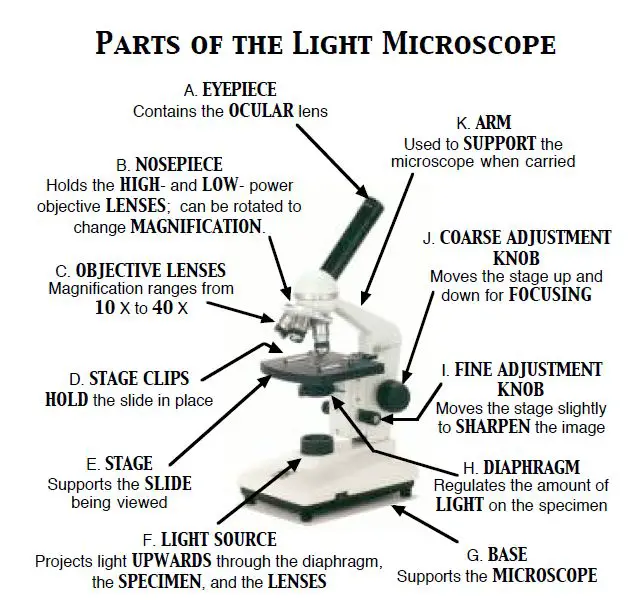
To focus of an object, start on the scanning objective first, focusing using the coarse adjustment knob and the fine adjustment knob as needed. Then, switch to the low power objective using the coarse adjustment and fine adjustment knob as needed. Finally, make sure the coarse adjustment knob is lowered before switching to the high power objective because the lens could be scratched. Only use the fine adjustment knob to focus on the object.
To make a wet mount on a slide, take your specimen and place it in the middle of your slide. Make sure that it isn't too thick or else it will make it harder to observe it. Next, place one drop of water over the specimen. Then, place the cover slip at a 45 degree angle with one edge touching the water drop and gently let go.

To stain a specimen, follow the same steps to make a wet mount. Next, place one drop of methylene blue on the edge of the cover slip. Then, place the edge of a paper towel on the opposite side of the cover slip. The paper towel will draw the water out from under the cover slip and pull the dye under the cover slip.

Doing this lab didn't really affect my microscope skills at all. I learned all this information when I was in middle school. The only thing I can think of is that you only clean the lenses with lens paper. Other than that, I knew all the information.
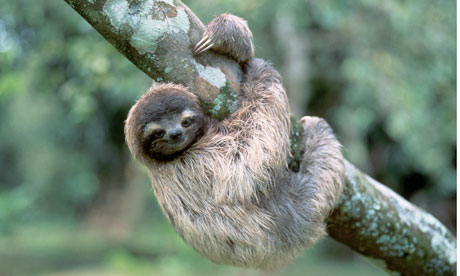
I like sloths



 I like sloths
I like sloths 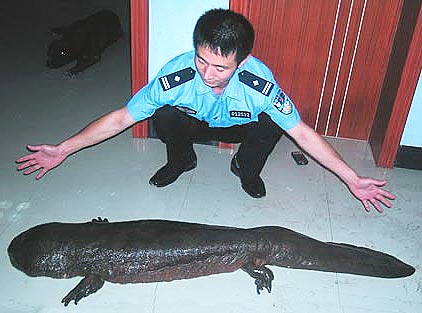

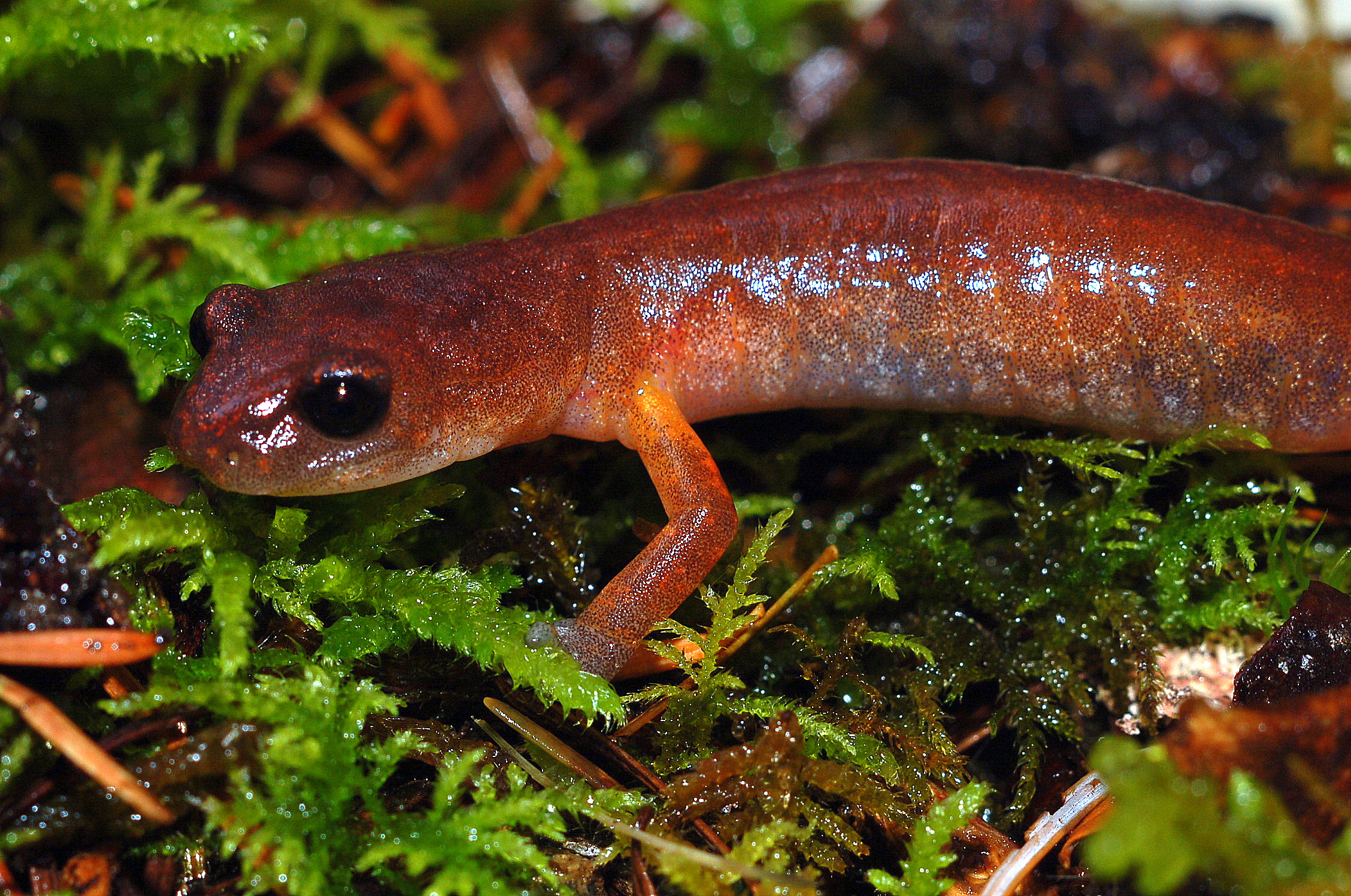
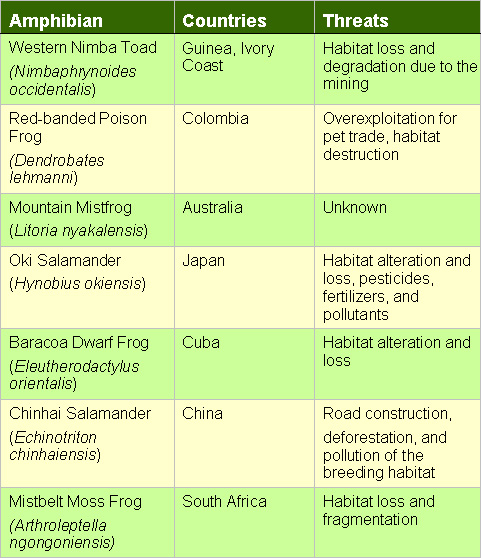



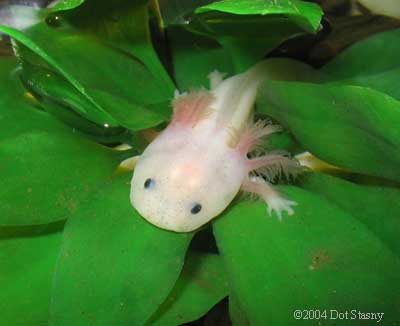
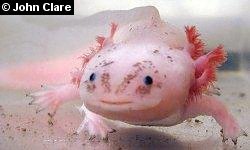







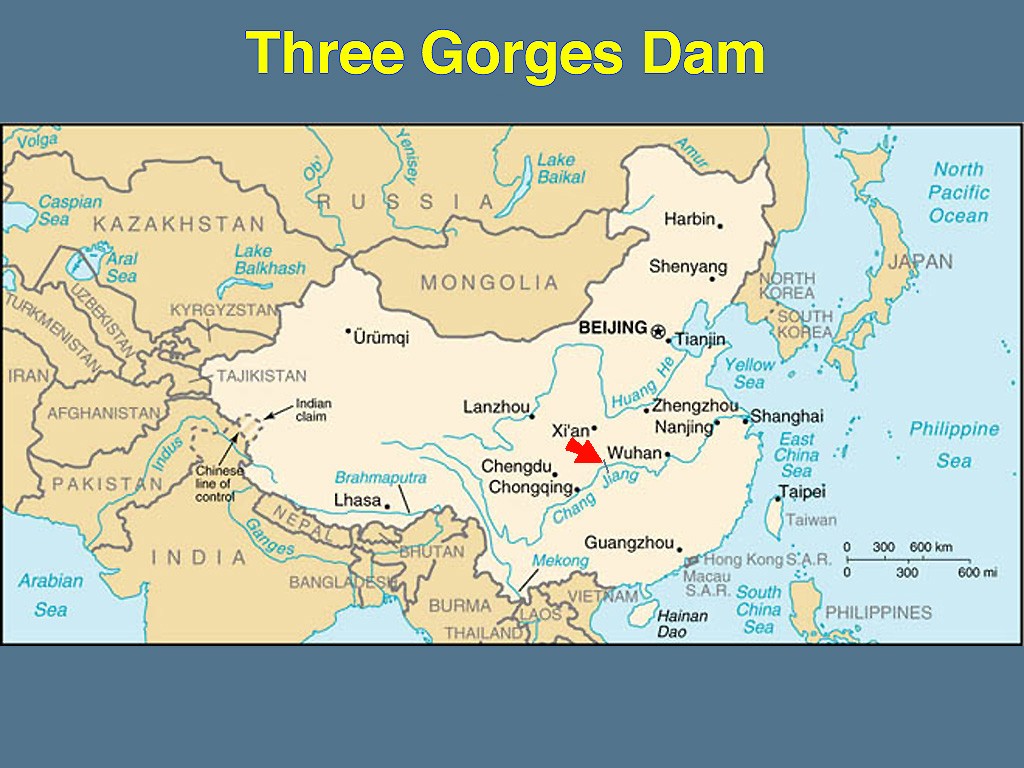

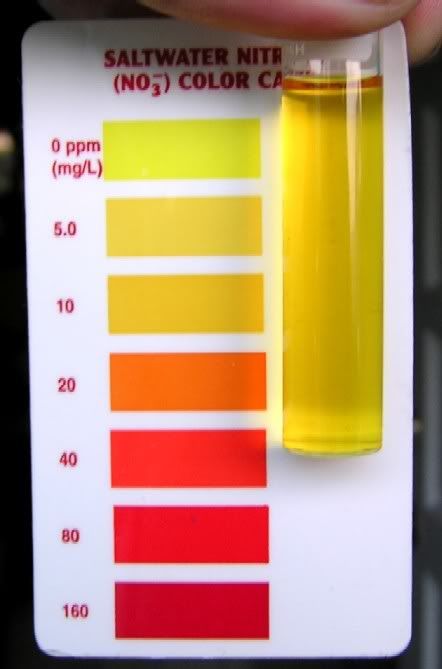
 For example, an observation of this tank is that all the plants are green or that the rocks at the bottom are neutral colors.
For example, an observation of this tank is that all the plants are green or that the rocks at the bottom are neutral colors.



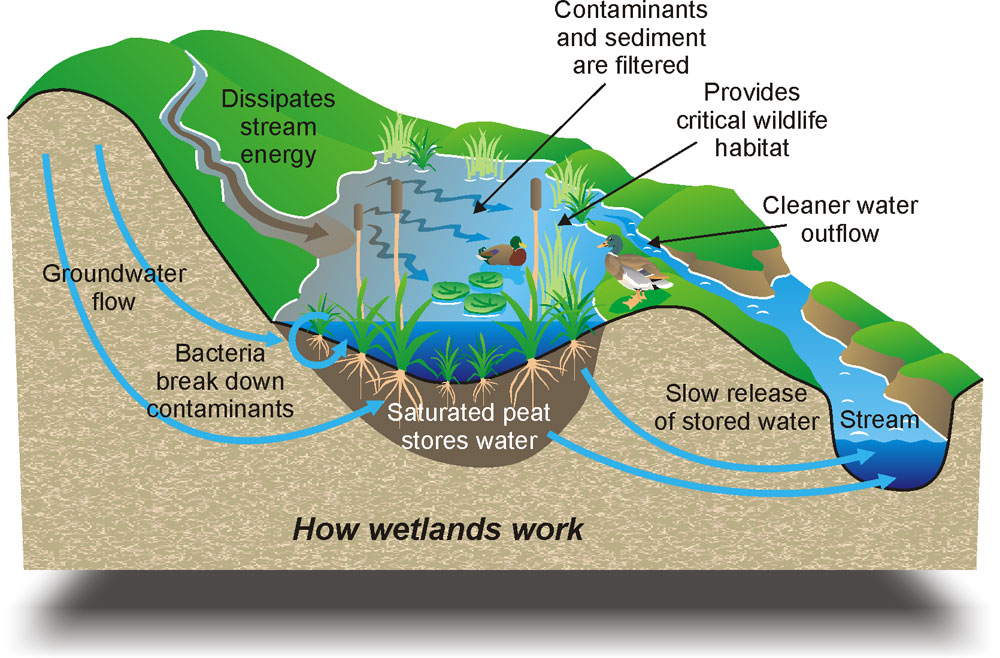
 - Victoria Mehlhaff -
- Victoria Mehlhaff -